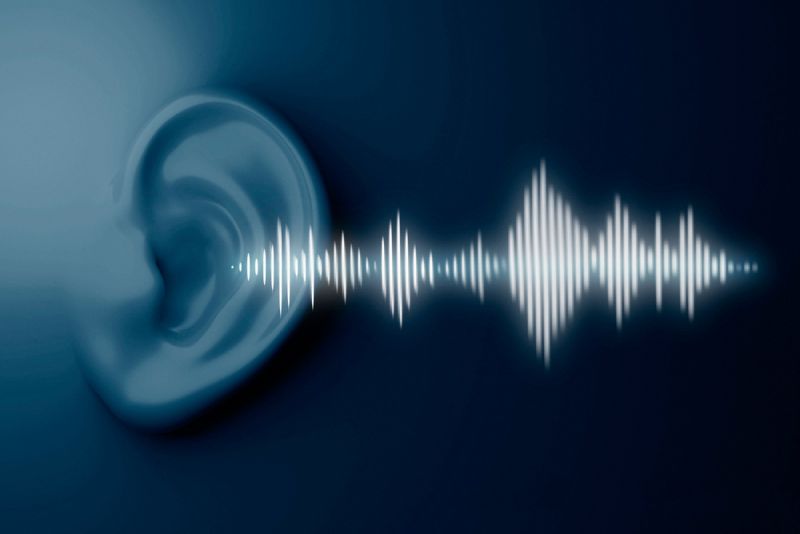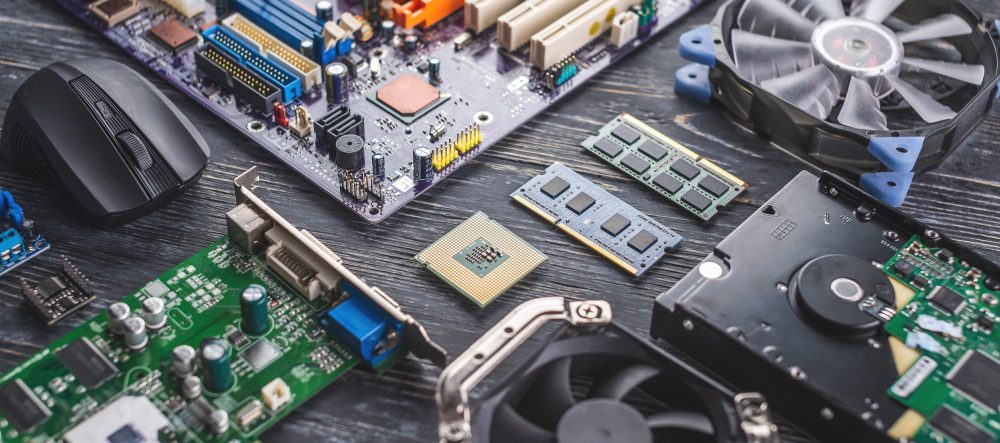The Influence of Motherboards on Audio Quality
The motherboard is the backbone of any computer system. It provides the essential connectivity between all the different components and peripherals, allowing them to communicate and work together seamlessly. However, not all motherboards are created equal, and some can have a significant impact on the audio quality of a system.
What Makes a Good Audio Motherboard?
When it comes to audio quality, there are a few key factors that can influence the performance of a motherboard:
- The quality of the onboard audio chipset
- The quality of the audio capacitors and other components
- The level of electrical interference and noise
All of these factors can play a role in determining the overall sound quality of a motherboard. High-quality components and a well-designed layout can help to minimize noise and interference, providing a clean and clear audio signal that is free from distortion.
The Importance of Audio Quality
For many users, audio quality is a critical factor when it comes to choosing a motherboard. Whether you’re a gamer, music producer, or just someone who enjoys high-quality audio, having a motherboard that can deliver clear and accurate sound is essential.
Poor audio quality can be particularly problematic for gamers, where even slight delays or distortion can make a significant difference in terms of gameplay. In music production, accurate sound reproduction is vital for ensuring that mixes and recordings sound as intended.
Can a Bad Motherboard Cause Audio Issues?
Yes, a faulty motherboard can indeed cause audio issues. This could occur for several reasons:
- Bad Audio Chip: If the audio chip (also known as an audio codec) on the motherboard is failing or has been damaged, this could lead to various audio issues.
- Faulty Audio Ports: The audio ports (3.5mm jacks, optical audio out, etc.) on the motherboard could be physically damaged or have internal electrical issues.
- Driver Issues: While not a physical problem with the motherboard itself, incorrect, outdated, or corrupted audio drivers can cause audio problems. In some cases, this could be mistaken for a hardware problem.
- Other Hardware Conflicts: Sometimes, other hardware in your computer could be causing conflicts that lead to audio issues.
- Bad Capacitors: Capacitors on the motherboard related to the audio circuitry could be failing.
- BIOS Settings: Incorrect audio settings in your motherboard’s BIOS/UEFI could also cause audio problems.
If you’re experiencing audio issues, it’s worthwhile to troubleshoot by checking your audio settings, updating your audio drivers, testing your speakers or headphones on another device, and checking for hardware conflicts in your system. If you’ve determined the problem lies with the motherboard, and if it’s under warranty, you may be able to get a replacement or repair. If not, an external audio interface or sound card could be a workaround if the rest of the motherboard is working fine.
Should I Use Audio on Motherboard?
The built-in audio on a motherboard is usually more than sufficient for most users’ needs. Modern motherboards typically include high-quality audio codecs that can provide decent audio quality for gaming, music, videos, voice chat, and other common tasks.
Here are some situations where you might consider alternatives:
- High-End Audio Equipment: If you have high-end headphones or speakers, or if you’re an audiophile who demands the very best audio quality, you might find the audio on a typical motherboard lacking. An external DAC (Digital-to-Analog Converter) or a high-quality sound card can provide better audio quality.
- Professional Audio Work: If you’re involved in professional music production, sound design, or other audio work, you’ll likely need an external audio interface that provides higher audio quality, lower latency, and more inputs/outputs.
- Troubleshooting: If you’re experiencing issues with your onboard audio (like noise, distortion, or other problems), an external solution could help.
- Simultaneous Inputs/Outputs: If you need to connect multiple audio devices simultaneously, for instance, in a podcasting or streaming setup, you may require an external audio interface with more I/O options.
- Surround Sound Systems: If you’re setting up a surround sound system, you might need a sound card or external device that supports the necessary number of channels.
Remember, adding a sound card or an external audio interface will also consume some of your system’s resources, so it’s a balance between your specific needs and the overall performance of your system.
Examples of High-Quality Audio Motherboards
There are several motherboards on the market that are known for their high-quality audio performance. One example is the ASUS ROG Maximus XII Hero, which features a high-end ESS Sabre 9023 digital-to-analog converter (DAC) and premium Nichicon capacitors, providing excellent sound quality and low noise levels.
Another example is the MSI MPG Z490 Gaming Edge WiFi, which boasts a powerful Realtek ALC1220 audio codec and high-quality audio capacitors. This motherboard also features advanced noise suppression technologies, helping to minimize interference and improve audio clarity.
Conclusion
When it comes to audio quality, the motherboard can have a significant impact on the overall performance of a system. High-quality components, low noise levels, and advanced audio codecs can all help to deliver clean and accurate sound, making them a critical consideration for anyone looking to build a high-performance audio system.
“Having a motherboard that can deliver clear and accurate sound is essential.”



